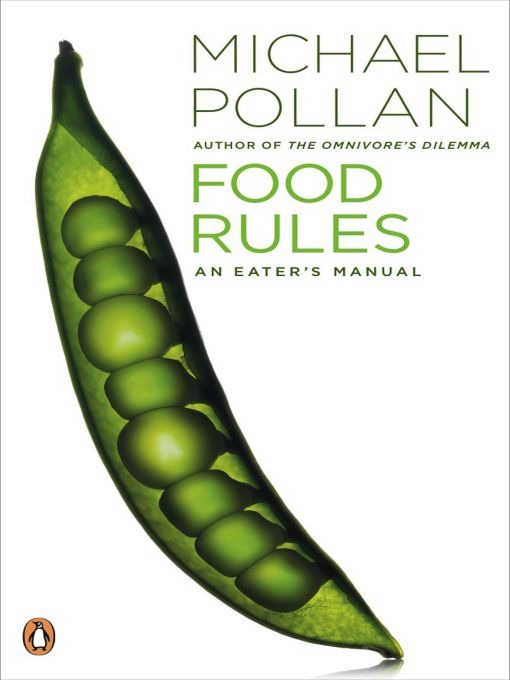Rules to Eat By
By Michael Pollan
Every trip to the supermarket these days requires us to navigate what has become a truly treacherous food landscape. I mean, what are we to make of a wonder of food science like the new Splenda with fiber? (“The great sweet taste you want and a little boost of fiber.”) Should we call this progress? Is it even food? And then, at the far other end of the nutritional spectrum, how are we to process (much less digest) the  new, exuberantly caloric Double Down sandwich that KFC has introduced? This shameless exaltation of dietary fat actually redefines the very concept of a sandwich by replacing the obligatory bread with two slabs of fried chicken kept some distance apart by strips of bacon, two kinds of cheese and a dollop of sauce.
new, exuberantly caloric Double Down sandwich that KFC has introduced? This shameless exaltation of dietary fat actually redefines the very concept of a sandwich by replacing the obligatory bread with two slabs of fried chicken kept some distance apart by strips of bacon, two kinds of cheese and a dollop of sauce.
Deciding what to eat, indeed deciding what qualifies as food, is not easy in such an environment. When Froot Loops can earn a Smart Choices check mark, a new industrywide label that indicates a product’s supposed healthfulness, we know we can’t rely on the marketers, with their dubious health claims, or for that matter on the academic nutritionists who collaborate on such labeling schemes. (One of them defended the inclusion of Froot Loops on the grounds that they are better for you than doughnuts. So why doesn’t the label simply say that?) Making matters worse, official government pronouncements about eating aren’t necessarily much more reliable, not when the food industry influences federal nutrition guidelines. But even when the “best science” prevails, that science can turn out to be misguided as when the official campaign against saturated fat got us to trade butter for stick margarine loaded with trans fats, a solution that turned out to be worse than the problem.
If we can’t rely on the marketers or the government or even the nutritionists to guide us through the supermarket woods, then who can we rely on? Well, ask yourself another question: How did humans manage to choose foods and stay healthy before there were nutrition experts and food pyramids or breakfast cereals promising to improve your child’s focus or restaurant portions bigger than your head? We relied on culture, which is another way of saying: on the accumulated wisdom of the tribe. (Which is itself another way of saying: on your mom and your friends.) All of us carry around rules of thumb about eating that have been passed down in our families or plucked from the cultural conversation. Think of this body of food knowledge as samizdat nutrition: an informal, unsanctioned way of negotiating our eating lives that becomes indispensable at a time when official modes of talking about food have suffered a serious loss of credibility.
Earlier this year I began gathering examples of these rules, or personal food policies, for a short book I’m publishing in January. My premise is that for all the authority we grant to science in matters of nutrition, culture still has a lot to teach us about how to choose, prepare and eat food, and that this popular wisdom is worth preserving — perhaps today more than ever, in this era of dazzling food science, supersize portions and widespread dietary confusion.
In March, I posted a request for readers’ rules about eating on Well, Tara Parker-Pope’s health blog on nytimes.com. Within days, I received more than 2,500 responses — more than any Well post had ever received. My aim was to collect genuinely useful, and nutritionally sound, examples of popular wisdom about eating. I found some for my book, but I also found something else — a banquet of food policies that even when they made little, if any, nutritional sense (and therefore didn’t belong in the book) nevertheless opened a window on our current thinking about food: the stories we tell ourselves, the games we play and the taboos we invoke to organize our eating lives. Some of the rules have stood the test of time and have been confirmed by science, but all of them have something to teach us about our continuing efforts to pick a healthful and happy path through the minefields of the modern-food marketplace or restaurant menu.
Read my favorites here:
www.nytimes.com/interactive/2009/10/11/magazine/20091011-foodrules.html
The above article originally printed on The New York Times Magazine, October 11, 2009
